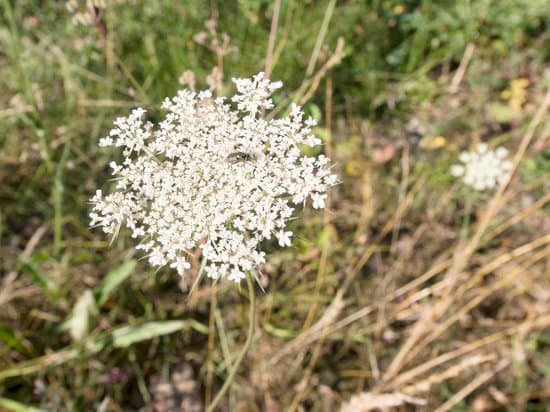How do I control Carrot Weed?

🪴 Weed Profile: Carrot Weed (Wild Carrot)
Carrot Weed (Daucus carota), commonly known as Wild Carrot or Queen Anne’s Lace, is an upright annual or biennial weed that bears a close resemblance to Parsley Dropwort. This invasive plant can quickly colonise open spaces and is becoming increasingly problematic across New Zealand.
🌼 Identification:
Carrot Weed stands 1 to 1.2 metres tall and has fine fern-like foliage covered in short, coarse hairs. Its most distinguishing feature is the flat-topped clusters (umbels) of small, white flowers, often supported by long, narrow bracts beneath each head. When mature, the central flower of the umbel may turn purple or pink, and the seed head curls inward into a bird’s nest shape. It also has a distinctive, slender white taproot that smells faintly of carrot when broken—hence the name.
🌍 Where It’s Found:
Widespread throughout New Zealand, Carrot Weed can be found along roadsides, in pastures, home gardens, wastelands, and on cultivated land. It thrives in a wide range of soil types—especially sandy or moist conditions—but is also highly adaptable, often growing in poor soils like gravel banks and compacted roadside edges.
🌾 Why It’s a Problem:
Though visually delicate, Carrot Weed is highly competitive and can quickly crowd out pasture species and turf grasses. Its persistence and ability to self-seed make it difficult to control once established. The plant is also mildly toxic and unpalatable to stock, reducing pasture productivity.
🧪 Control Methods:
In Turf:
• Apply Vivendi at 1L/ha
• Combine with Result Spray Oil at 1L/ha
Apply during early growth stages for best efficacy.
In Pasture:
• Use Clout Amine at 2–3L/ha
• Add Result Spray Oil at 1L/ha
Apply before the plant starts to stalk (bolting phase) to reduce seeding and regrowth. Repeat applications may be required for heavy infestations or late-stage plants.
📝 Tips for Success:
• Spot spray isolated plants to prevent spread.
• Avoid letting plants go to seed—early treatment is key.
• Re-establish pasture or turf with competitive species post-treatment to suppress regrowth.
SHARE:

